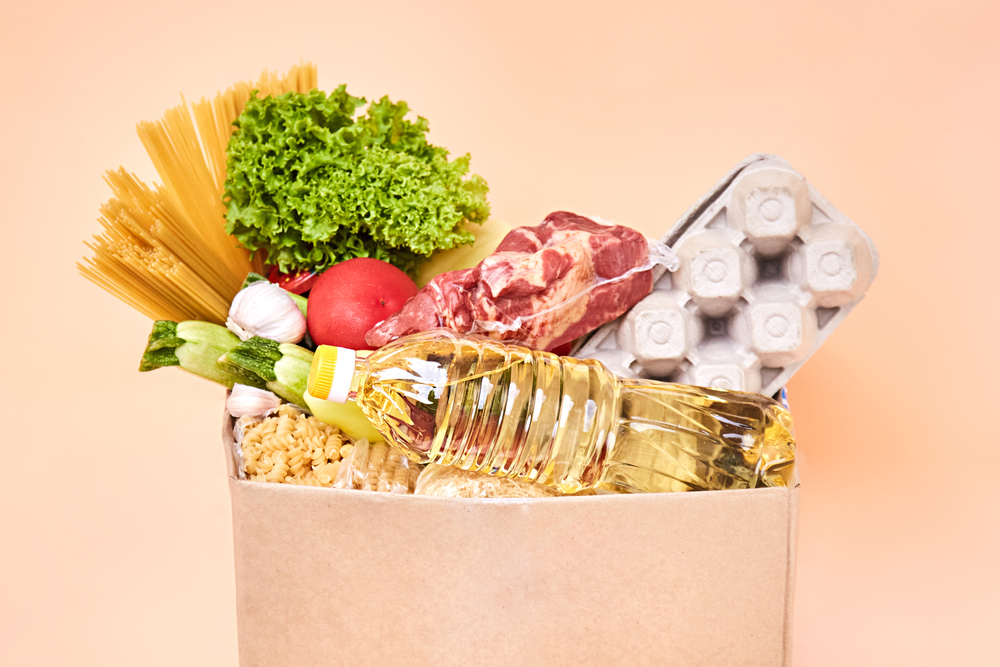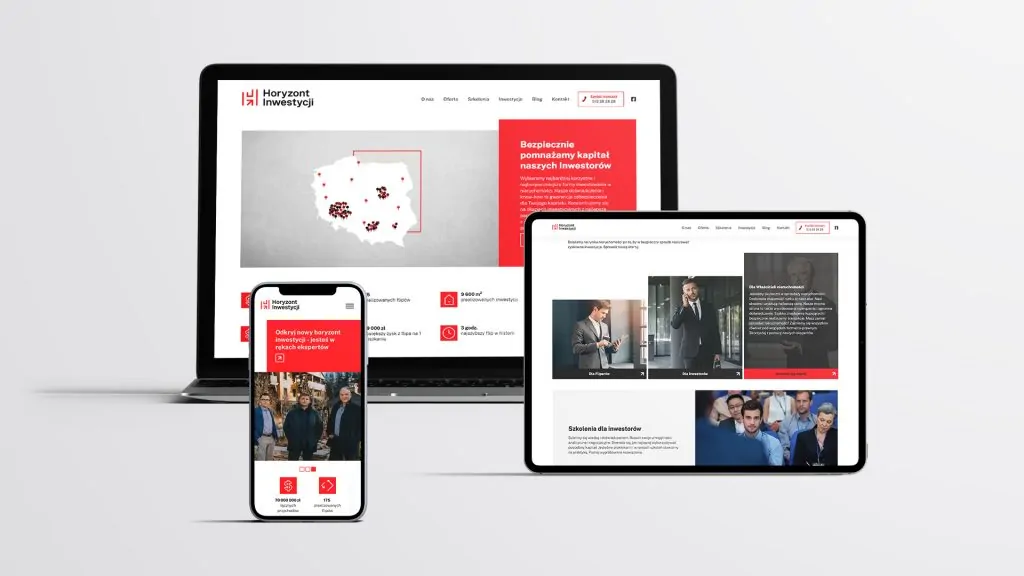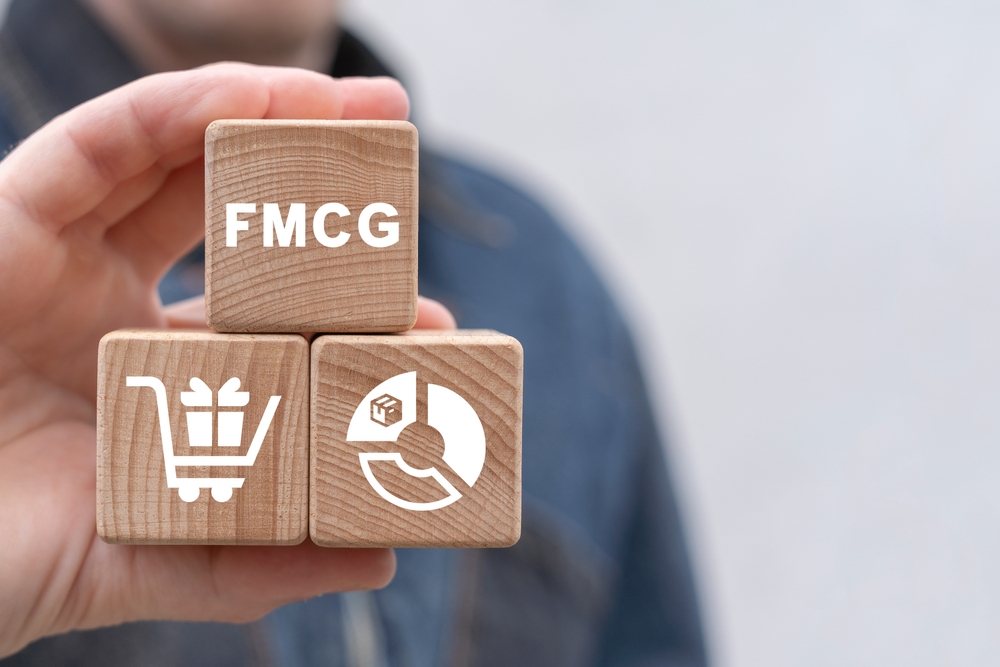The food industry is in good shape today. According to the latest PMR Market Experts report, its value is expected to grow by 5% per year until 2029. However, dynamic market growth does not guarantee the success of every brand. The food sector is particularly susceptible to image crises, which can result from quality problems, changes in consumer preferences or communication slip-ups. Therefore, it is important to carry out well-thought-out PR activities that not only help build a positive image, but also support the crisis management process. What is worth knowing about public relations in the food industry?
When a food brand's image hangs in the balance
The food industry, although full of opportunities, is also prone to numerous image crises. Product quality problems, scandals involving unethical practices, negative consumer feedback or communication errors. Any of these can quickly affect brand perception. In the age of social media, any incident can instantly spread among the public, triggering an avalanche of comments and damaging a company's reputation.
Do you want to grow your business?
We know how to help you!
The Owolovo brand, known for its fruit and vegetable mousses, recently found this out. The introduction to the market of Voodoo Monkey sachets with vodka or liqueur, which looked very much like popular fruit mousses for children, caused controversy. Particularly among parents, who were concerned that alcohol in an easily accessible form could be attractive to young people. Critics accused the company of going against its previous image of promoting health and responsibility. There were calls on social media to boycott Owolovo products and some consumers expressed disappointment with the brand's decision. The situation has been exacerbated by a lack of consistent communication from the company, which has led to increased public pressure.
In such situations, strategic PR activities such as open communication, clarifying intentions, making changes to the offer and proactive efforts to rebuild trust can help to mitigate the impact and get brand perceptions back on track.
Public relations is not only about responding to crises
However, it is worth remembering that a food company's public relations strategy is not just about crisis management. It is the entirety of a brand's communication that enables it to build a positive image, respond to challenges and strengthen its position in the market, facilitating the achievement of goals and generating profits.
With properly planned and executed PR campaigns, food companies can not only increase the visibility of their products, but also gain consumer confidence in terms of quality, safety and innovation. Public relations is also a good tool for educating the market and building a competitive advantage.

What does a food brand's image depend on?
However, in order to carry out effective food PR activities that help build a positive image, it is first necessary to understand what this image depends on.
The foundation is the quality of the products. Customers expect products to be fresh, tasty, safe and in line with the manufacturer's claims. Quality certificates, such as HACCP, ISO or organic labelling, reinforce consumer confidence. No less important is transparency in terms of product composition (e.g. no artificial additives, GMOs), production process (local raw materials, ecological practices) and pricing policy (fair price in relation to quality).
The image of the food company is also influenced by:
- ethics and social responsibility (i.e. environmental, social and economic impact),
- communication with consumers (i.e. openness to feedback and reviews, customer service standards, quick and transparent responses in the event of crises),
- innovation,
- authenticity,
- marketing and advertising.
A public relations strategy should encompass all of these elements.
Key PR activities in the food industry
Creating the image of a responsible and transparent company is a process that consists of many elements. The publication of reports on product quality and safety, the organisation of open days at production facilities, educational campaigns, e.g. related to healthy eating, as well as all kinds of pro-environmental actions, e.g. the implementation of ecological packaging and communicating this to consumers, may prove useful.
An excellent opportunity for PR activities is a product launch. This is a good time to engage with the media or organise tastings.
Examples of PR activities can also include initiatives aimed at local communities, such as sponsoring events, supporting local charities or environmental education. Through such activities, the company builds a positive image at the local level and increases consumer loyalty.

What is modern food PR about?
Today, the traditional approach to PR is no longer sufficient. The lack of use of modern tools and technologies can make communication activities unsuccessful. Consumers are increasingly looking for brands that are authentic, transparent and actively engage in dialogue with their audiences.
Above all, modern PR campaigns cannot do without the use of social media and content marketing. Through social media, food companies can engage their audiences through video content, recipes, competitions or live reports. Meanwhile, the creation of valuable content, such as e-books, blog articles or educational videos, supports marketing and public relations by building the brand's image as an expert.
AR and VR technologies are an interesting tool. Interactive experiences, such as virtual factory visits or augmented reality applications, increase consumer engagement.
PR in the food industry is an investment - in building long-term, trusting relationships with customers and creating an image of a responsible and transparent company. Public relations activities combining traditional communication methods with modern technologies is a recipe for success in the food industry.

